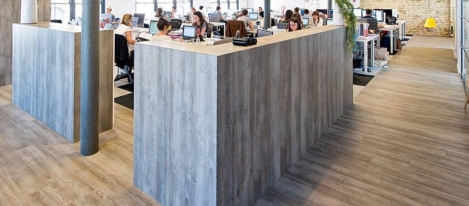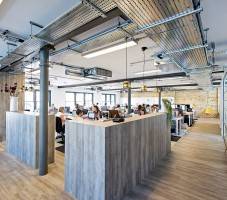July 17, 2015
Do we really think the future of work involves our replacement by robots?
 A report published recently by my former colleagues at CBRE called “Fast Forward 2030: The Future of Work and the Workplace” claims that by 2025 so many people will be more interested in being happy and having creative roles that up to 50 percent of current occupations will be defunct. 35 years elapsed between the release of Orwell’s 1984 and the eponymous year and very little of Orwell’s dystopian vision came to pass. 2030 is a scant 16 years away so, even if one takes the exponential pace of change into account, it’s perhaps a bit of a stretch to think robots will have taken their seat at the table in quite the way we appear to think they will. Also unchanged one assumes are the attitudes of those who have a vested interest in the status quo or in dictating where the benefits of change will fall.
A report published recently by my former colleagues at CBRE called “Fast Forward 2030: The Future of Work and the Workplace” claims that by 2025 so many people will be more interested in being happy and having creative roles that up to 50 percent of current occupations will be defunct. 35 years elapsed between the release of Orwell’s 1984 and the eponymous year and very little of Orwell’s dystopian vision came to pass. 2030 is a scant 16 years away so, even if one takes the exponential pace of change into account, it’s perhaps a bit of a stretch to think robots will have taken their seat at the table in quite the way we appear to think they will. Also unchanged one assumes are the attitudes of those who have a vested interest in the status quo or in dictating where the benefits of change will fall.
































July 21, 2015
Neocon highlights four of the world’s most important office design trends
by Neil Franklin • Comment, Events, Workplace design
(more…)